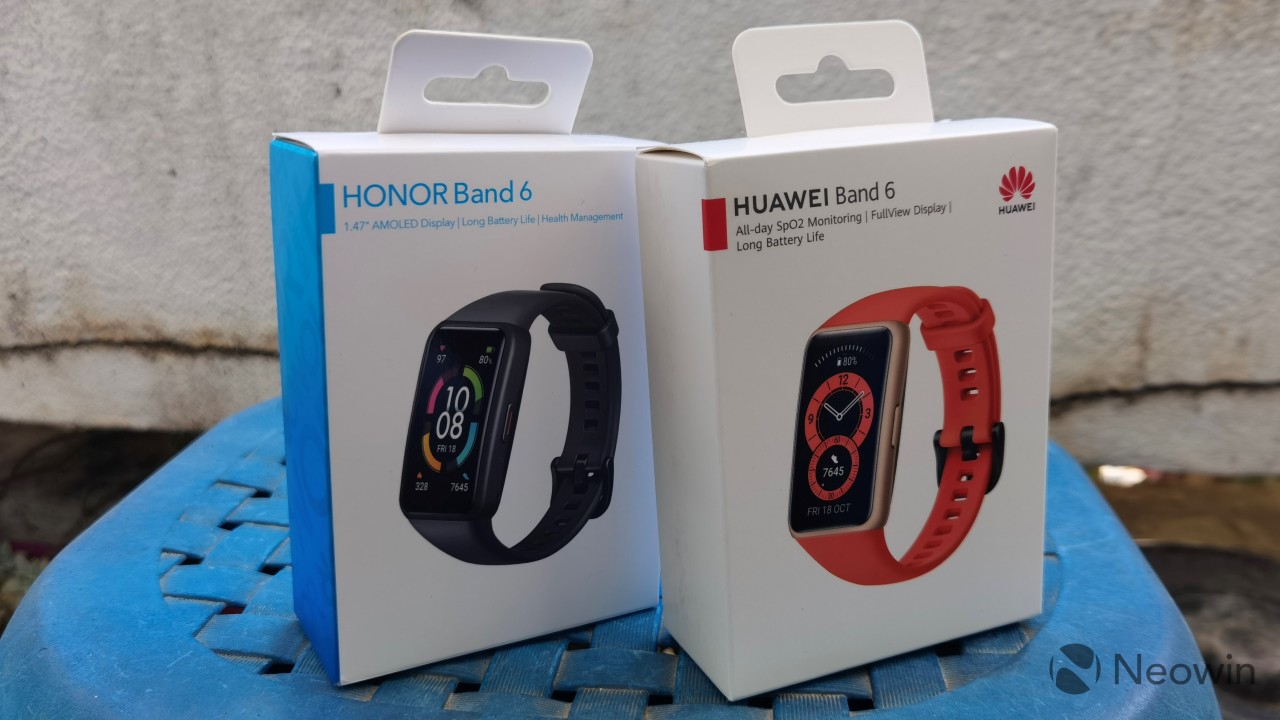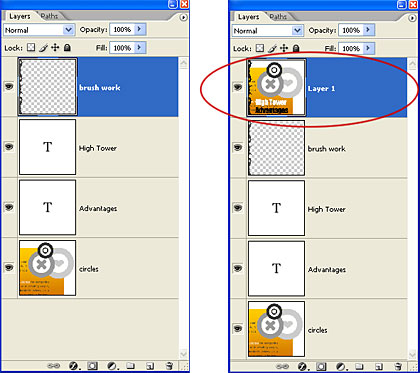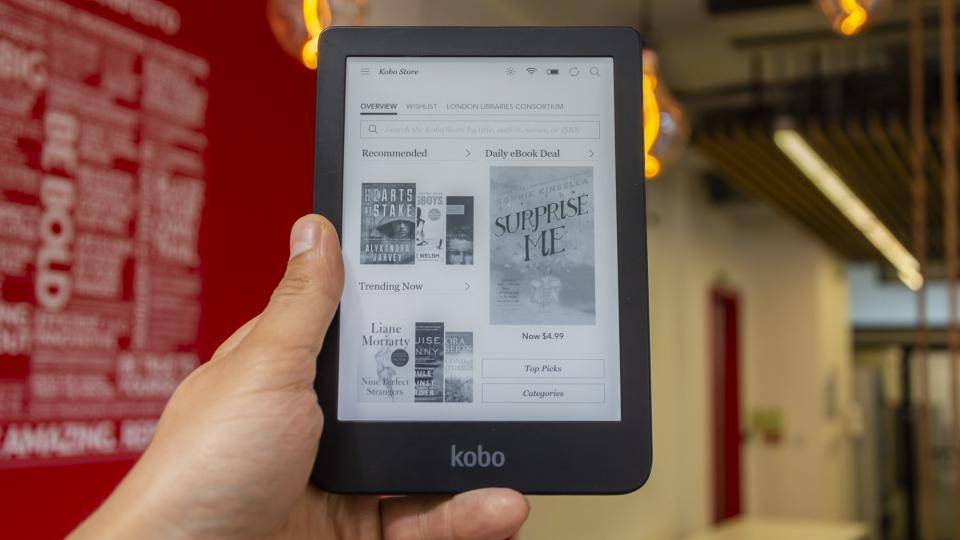Blood pressure is a fundamental measure of health, reflecting the force exerted by circulating blood on artery walls. It plays a crucial role in assessing heart function and overall wellness. High or low blood pressure can lead to serious health complications such as heart attacks, strokes, kidney issues, and more. Unfortunately, many people overlook its importance until it becomes a critical issue. Monitoring and managing blood pressure proactively is essential for maintaining long-term health. By understanding the different categories, their meanings, and their implications, you can take control of your cardiovascular health and make informed decisions about lifestyle changes and medical care.

Normal Blood Pressure: The Healthy Range
What is Considered Normal?
Normal blood pressure is defined as a reading below 120/80 mmHg, where the systolic pressure (top number) is less than 120, and the diastolic pressure (bottom number) is under 80. This range indicates that your heart and blood vessels are working efficiently, minimizing strain on your cardiovascular system. Achieving and maintaining these levels is a sign of good health. Fluctuations within this range can occur due to various factors such as stress, physical activity, or time of day, but they usually normalize quickly.
Maintaining Optimal Levels
Keeping blood pressure within the normal range requires a commitment to a healthy lifestyle. This includes a balanced diet with plenty of fruits, vegetables, lean proteins, and whole grains while minimizing sodium and processed foods. Staying physically active is also essential; even moderate exercise like brisk walking or yoga can significantly benefit cardiovascular health. Stress management, adequate sleep, and regular checkups further support optimal blood pressure levels. Home monitoring devices allow you to track changes and maintain awareness of your health status.
Elevated Blood Pressure: A Warning Sign
Understanding Elevated Readings
Elevated blood pressure, marked by systolic readings between 120-129 mmHg and diastolic readings below 80 mmHg, is an early warning of potential hypertension. It indicates that the heart is working harder than it should, which may eventually damage arteries and lead to heart disease. While this stage doesn’t typically cause symptoms, it signals a need for immediate changes in lifestyle habits to avoid the progression to hypertension. Early intervention is key to reversing this condition and protecting long-term health.
Lifestyle Adjustments to Prevent Hypertension
Preventing hypertension begins with simple yet impactful lifestyle adjustments. Reducing sodium intake, eating potassium-rich foods like bananas and spinach, and cutting back on sugary and fatty foods can significantly lower blood pressure. Physical activity is equally important. Walking is an excellent form of exercise that not only strengthens the heart but also lowers blood pressure over time. It directly addresses the question, “does walking help blood pressure?” — walking is a proven, effective method for improving cardiovascular health. Mindfulness practices such as meditation, yoga, and deep breathing exercises can help reduce stress, a significant contributor to elevated blood pressure.

Hypertension Stages: Identifying the Risk
Stage 1 Hypertension
Stage 1 hypertension is diagnosed when systolic readings are between 130-139 mmHg or diastolic readings range from 80-89 mmHg. This stage often doesn’t cause noticeable symptoms, making regular monitoring crucial. At this stage, doctors typically recommend lifestyle changes to control blood pressure. In some cases, medication may be prescribed to reduce the risk of complications such as heart disease or stroke. Adopting healthier habits during this stage can reverse the condition and prevent further progression.
Stage 2 Hypertension and Crisis Levels
Stage 2 hypertension occurs when blood pressure consistently measures at 140/90 mmHg or higher. This stage poses significant risks to cardiovascular health and often requires a combination of medication and lifestyle adjustments. A hypertensive crisis, defined by readings exceeding 180/120 mmHg, demands immediate medical attention. Symptoms such as severe headaches, shortness of breath, or chest pain may accompany these dangerously high levels. Quick intervention is critical to prevent life-threatening outcomes.
Low Blood Pressure: Risks and Implications
Low blood pressure, or hypotension, occurs when readings drop below 90/60 mmHg. While not always harmful, it can cause dizziness, fainting, and, in severe cases, shock or organ damage due to insufficient blood flow. Chronic hypotension may indicate underlying health issues, including heart problems, endocrine disorders, or dehydration. Managing low blood pressure involves addressing its root causes, staying hydrated, and maintaining a balanced diet. In severe cases, medical intervention may be necessary to stabilize blood flow.
Tools for Monitoring and Managing Blood Pressure
Using Home Monitors and Smart Devices
Regular monitoring is vital for understanding and managing blood pressure. Home blood pressure monitors provide accurate readings and help track fluctuations over time. These devices are essential for individuals managing hypertension, hypotension, or fluctuating levels. Wearable technology adds convenience and functionality. For instance, the Huawei Watch D2 is an advanced device that combines dynamic blood pressure monitoring with a sleek, modern design. It can initiate 24-hour automatic monitoring, track blood pressure trends, and even provide detailed reports on systolic and diastolic averages. The Huawei Watch D2 offers more than just blood pressure tracking. It monitors heart rate, oxygen levels, and even generates weekly health reports. Its integration with the Huawei Health app ensures compatibility with Android and iOS, allowing users to manage their health seamlessly.
Understanding Trends Over Time
Analyzing long-term blood pressure trends is essential for identifying patterns and making informed lifestyle decisions. Smart devices simplify this process by storing historical data and offering detailed insights into how daily habits affect blood pressure levels. The answer to the frequently asked question, “does walking help blood pressure?” is a resounding yes. Walking not only lowers blood pressure in the short term but also contributes to long-term cardiovascular health when done consistently. By understanding these trends, individuals can tailor their routines to optimize health outcomes.
Conclusion
Blood pressure is more than just a number; it’s a window into your cardiovascular health. By understanding the different categories and their implications, you can make informed choices that protect your heart and overall well-being. Smart tools like the Huawei Watch D2 empower individuals to monitor and manage their blood pressure effectively. Combined with healthy habits such as a balanced diet, regular physical activity, and stress management, these tools provide a comprehensive approach to health. Taking control of your blood pressure today ensures a healthier, more vibrant tomorrow. Stay informed, stay proactive, and embrace the tools and habits that keep your heart strong and resilient.







